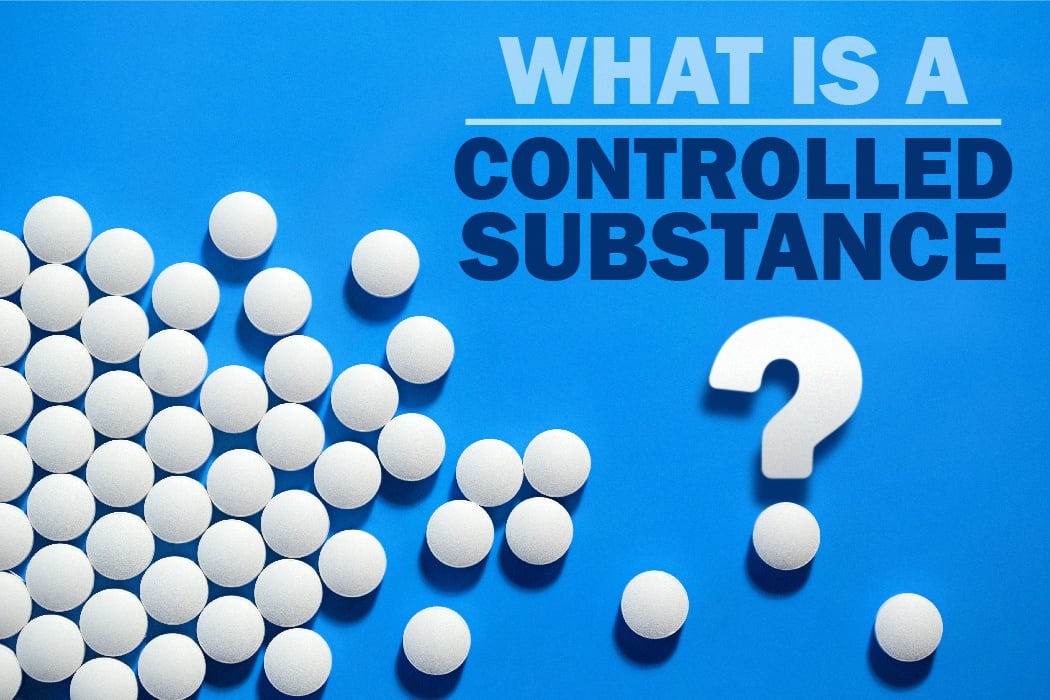Controlled drugs are substances that are legally regulated due to their potential for abuse, addiction, and other negative health and social effects. These drugs have been classified by governments into different categories based on the severity of the risks they pose. In this article, we’ll explore the different types of controlled drugs, their effects, and their legal status. We’ll also discuss the implications of their use, and the dangers of misusing them.

Contents
- Controlled Drugs: What Are They?
- Frequently Asked Questions
- What is a Controlled Drug?
- What is the Purpose of Controlled Drugs?
- What are the Different Schedules of Controlled Drugs?
- What are the Legal Implications of Possessing Controlled Drugs?
- What are Some Examples of Controlled Drugs?
- Are There Any Special Considerations When Handling Controlled Drugs?
- Notifications about controlled drugs (April 2015)
Controlled Drugs: What Are They?
Controlled drugs, also known as controlled substances, are drugs or chemical substances that are regulated by the government. These drugs are monitored and regulated to prevent misuse, abuse, and illegal distribution. They are categorized into five different classes based on the potential for abuse and the accepted medical use. Some examples of these drugs include opioids, stimulants, depressants, hallucinogens, and anabolic steroids.
Controlled drugs are monitored and regulated by the Drug Enforcement Administration (DEA), which is responsible for enforcing the laws regarding controlled drugs. The DEA has established strict rules and regulations for each drug classification and for the distribution and possession of these drugs. All controlled drugs must be prescribed by a licensed medical professional and dispensed by a licensed pharmacy.
What are the Different Types of Controlled Drugs?
Controlled drugs are classified into five different categories based on their potential for abuse and medical use. The five categories are as follows:
Schedule I Drugs
Schedule I drugs are substances that have a high potential for abuse and no accepted medical use. Examples of these drugs include heroin, marijuana, LSD, ecstasy, and peyote.
Schedule II Drugs
Schedule II drugs are substances that have a high potential for abuse and some accepted medical use. Examples of these drugs include cocaine, methamphetamines, oxycodone, Adderall, and Ritalin.
What are the Effects of Controlled Drugs?
The effects of controlled drugs depend on the type and amount of the drug taken. Commonly abused controlled drugs can have a range of short-term and long-term effects, including physical and psychological effects. Common short-term effects of controlled drugs can include feelings of euphoria, increased energy, and heightened awareness. Long-term effects of controlled drugs can include addiction, increased tolerance, and withdrawal symptoms.
Physical Effects
Physical effects of controlled drugs can include increased heart rate, increased blood pressure, and increased body temperature. Other physical effects may include loss of appetite, nausea, vomiting, and dizziness.
Psychological Effects
Psychological effects of controlled drugs can include changes in mood, anxiety, and paranoia. Other psychological effects can include impaired judgment, impaired coordination, and impaired decision-making.
Frequently Asked Questions
What is a Controlled Drug?
A Controlled Drug is a type of medication or substance that is regulated by the government due to its potential for abuse or misuse. These drugs have been classified into five schedules, depending on their potential for abuse and medical use. They are divided into legal and illegal substances, with the illegal substances being the most strictly regulated. Examples of Controlled Drugs include opioids, cocaine, and marijuana.
What is the Purpose of Controlled Drugs?
The purpose of Controlled Drugs is to regulate their use and prevent abuse. This is done by controlling the sale, possession, and distribution of these drugs, as well as tracking their use and monitoring the users. Controlled Drugs are also used to help treat medical conditions, such as pain or addiction, when other medicines have been ineffective.
What are the Different Schedules of Controlled Drugs?
The five schedules of Controlled Drugs are: Schedule I, Schedule II, Schedule III, Schedule IV, and Schedule V. Schedule I drugs are those with the highest potential for abuse and no accepted medical use, while Schedule V drugs have the lowest potential for abuse and accepted medical use.
What are the Legal Implications of Possessing Controlled Drugs?
Possessing Controlled Drugs without a prescription is illegal and can lead to criminal charges. Depending on the type of drug and the amount, penalties can be severe and include fines, jail time, or other forms of punishment. In addition, possessing certain types of Controlled Drugs can lead to civil lawsuits if the drugs are used to commit a crime.
What are Some Examples of Controlled Drugs?
Examples of Controlled Drugs include opioids, cocaine, marijuana, amphetamines, barbiturates, and benzodiazepines. These drugs are all classified according to their potential for abuse and medical use, with different levels of regulation.
Are There Any Special Considerations When Handling Controlled Drugs?
Yes, there are a few special considerations when handling Controlled Drugs. First, they should be stored in a secure and locked area to prevent theft or misuse. In addition, they should be handled with care to avoid accidental exposure or misuse, and they should be disposed of in accordance with local regulations. Finally, it is important to follow all applicable laws and regulations regarding the handling and use of Controlled Drugs.
Notifications about controlled drugs (April 2015)
In conclusion, controlled drugs are substances that are closely monitored and regulated due to their potential for misuse and addiction. These drugs are often prescribed to treat medical conditions and can be used responsibly if taken as directed. However, it is important to remember that misuse of these drugs can lead to serious health consequences. Therefore, it is important to use caution when taking any controlled drug and to be aware of the risks associated with them.

